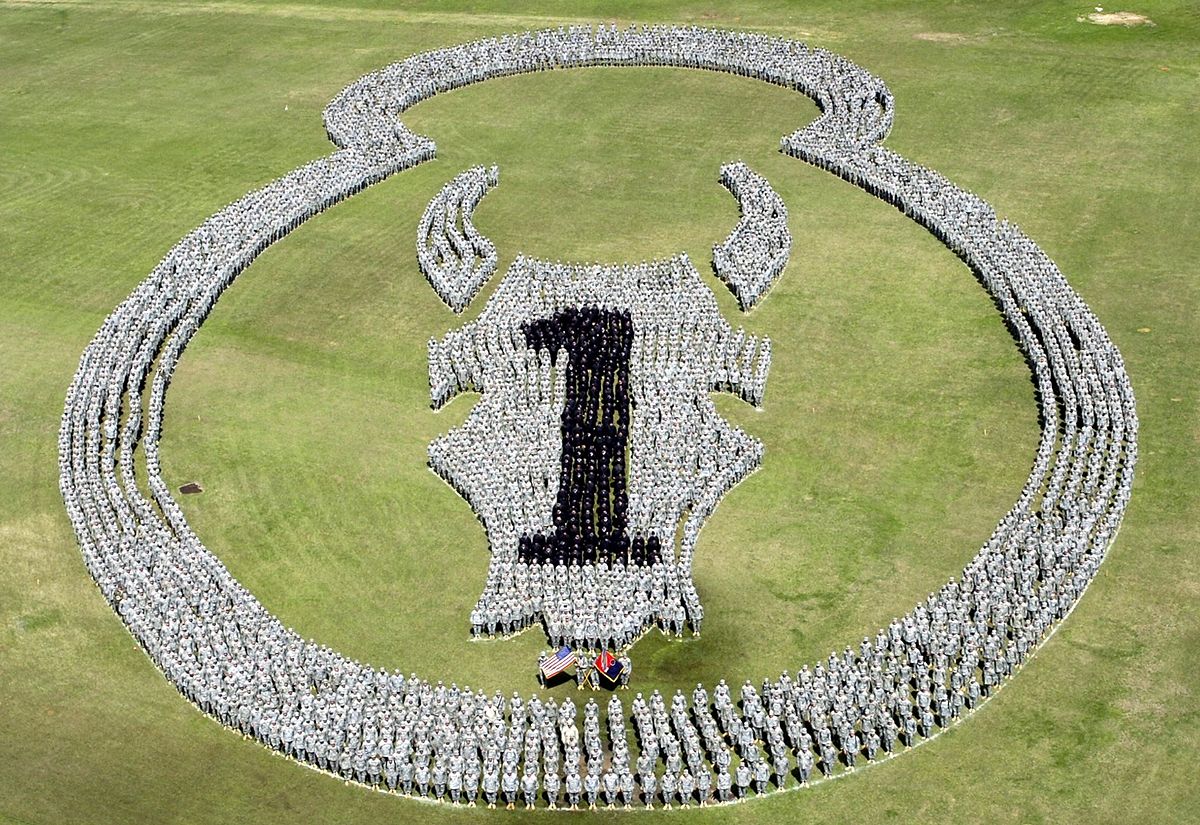It seems almost like we've lost the bubble on remembering all the lessons learned from the past. During WW2 we had a significantly higher ratio of personnel dedicated to support roles rather than to manoeuvre. With peacetime we tended to reduce support functions across the board.
During the Cold War we had few deployed forces other than 4 CMBG and the Cyprus commitment - the odd UN contingent here or there. The theatre level logistics structure for both were pretty much built into the system. We never did have a good structure to surge the rest of the force (the three other "lightish" brigades) including the AMF(L) and CAST but those were always economy of effort tasks.
With Yugoslavia and Afghanistan we got into the business of supporting long-term deployments but, again, never did build the the logistics system to back those operations. Oh, we built headquarters for that like CANOSCOM and then CJOC/CFJOSG but we never built a structure of support units/formations which are designed to deploy, and more importantly, designed to scale up deployed support.
I keep looking at the US model for guidance primarily because it is designed to 1) operate as an expeditionary force like Canada; 2) keeps both a ready force and a "in-an-emergency-break-the glass-force" and 3) uses reserves as a viable cost control measure. The scale is obviously different but the objectives are similar.
The last time I counted, the US Army, since going modular, maintained 31 Active Army manoeuvre brigades; 27 National Guard manoeuvre brigades; 75 Active Army combat support and combat service support brigades; 78 National Guard combat support and combat service support brigades and 59 Reserve combat support and combat service support brigades. The key takeaways are that 1) the ratio of manoeuvre brigades to support brigades is 58 to 212 or roughly 1 to 4. The ratio of active to reserve manoeuvre brigades is 31 to 27 or roughly 1 to 1. Finally, the ratio of active to reserve support brigades is 75 to 137 or roughly 1 to 2.
In Canada we have three manoeuvre brigades to 1 combat support brigade (plus one could and should add in 1 Wing's aviation resources) in the regular force and 10 unequipped and roughly 1/3 to 1/2 strength manoeuvre brigades and no combat support or combat service support brigades in the reserve force.
Canada's Army has a strength of roughly 42,000 of which 23,000 are regulars (roughly 55% Reg F). The US Army has 485,000 Active and 525,000 ARNG and USAR reservists (48% Active). That's roughly equivalent.
On the other hand, our total Army is 5% of the size of the US Army. 5% of their manoeuvre brigades would indicate we should have 1.5 Reg F and 1.5 Res F manoeuvre brigades (or three in total). In addition, 5% of their support brigades indicates that we should have 3.75 Reg F and 6.75 Res F support brigades which would get Canada close to the 1 to 4 ratio of manoeuvre to support.
Now there's a certain amount of adjustment required to compensate for the scaling that occurs due to higher formation levels such as divisions and corps headquarters but nonetheless, it's quite clear that Canada lags tremendously in the support elements needed to support the nation's manoeuvre forces. This is why we can't deploy and sustain a full brigade much less a division even though we have the numbers and the equipment (barring a few key capabilities) that indicates we ought to be able to field a division (if not two based on the number of manoeuvre brigades we could man (based on established combat arms positions we should be able to man three Reg F and three Res F brigades - realistically, of course we can't).
To put it in context, and to adjust the ratios based on the smaller size of our Army, if we wanted to have a force that could be properly sustained on operations we could probably be able to form a division made up of 2 Reg F and 1 Res F manoeuvre brigades with an additional Res F manoeuvre brigade held "in reserve". To provide that sustainment we would need 8 support brigades, 4 within the division (one each artillery, sustainment, manoeuvre enhancement and aviation) and 4 for theatre support (one each sustainment, manoeuvre enhancement, and two providing mixed resources from air defence to MI to MP to CBRN to Cyber etc etc)
This, of course requires a massive realignment within both the Reg F and the Res F. Cutting the Reg F manoeuvre capabilities from 3 to two brigades would 1) free up sufficient PYs to staff any and all hybrid positions to give day-to-day strength and leadership to the support brigades; 2) reduce the strain on current support infrastructure as between day-to-day support functions and deployments; but 3) reduce the ability to deploy the number of rifles on day-to-day peacetime deployments while on the other hand the Reg F and Res F's ability to provide domestic and international support of a non-kinetic nature would be significantly enhanced.
For the Res F it would require a massive change of focus from combat arms functions to support functions. Effectively Res F many trades would see little change (arty, signals, engineers, MI, MP) but there would be a drastic reduction in infantry and recce units offset by a dramatic increase in combat service support functions. That would get us to the point where the necessary 4 lines of support are reestablished and sustainable to the point of supporting the entire army and not merely the odd battlegroup here or there.
Not a popular concept, I know and I've been skirting the issue in many of my own past organizational models where I tend to protect manoeuvre elements at the expense of proper service support - protecting cap badges, I guess. Time to change.





